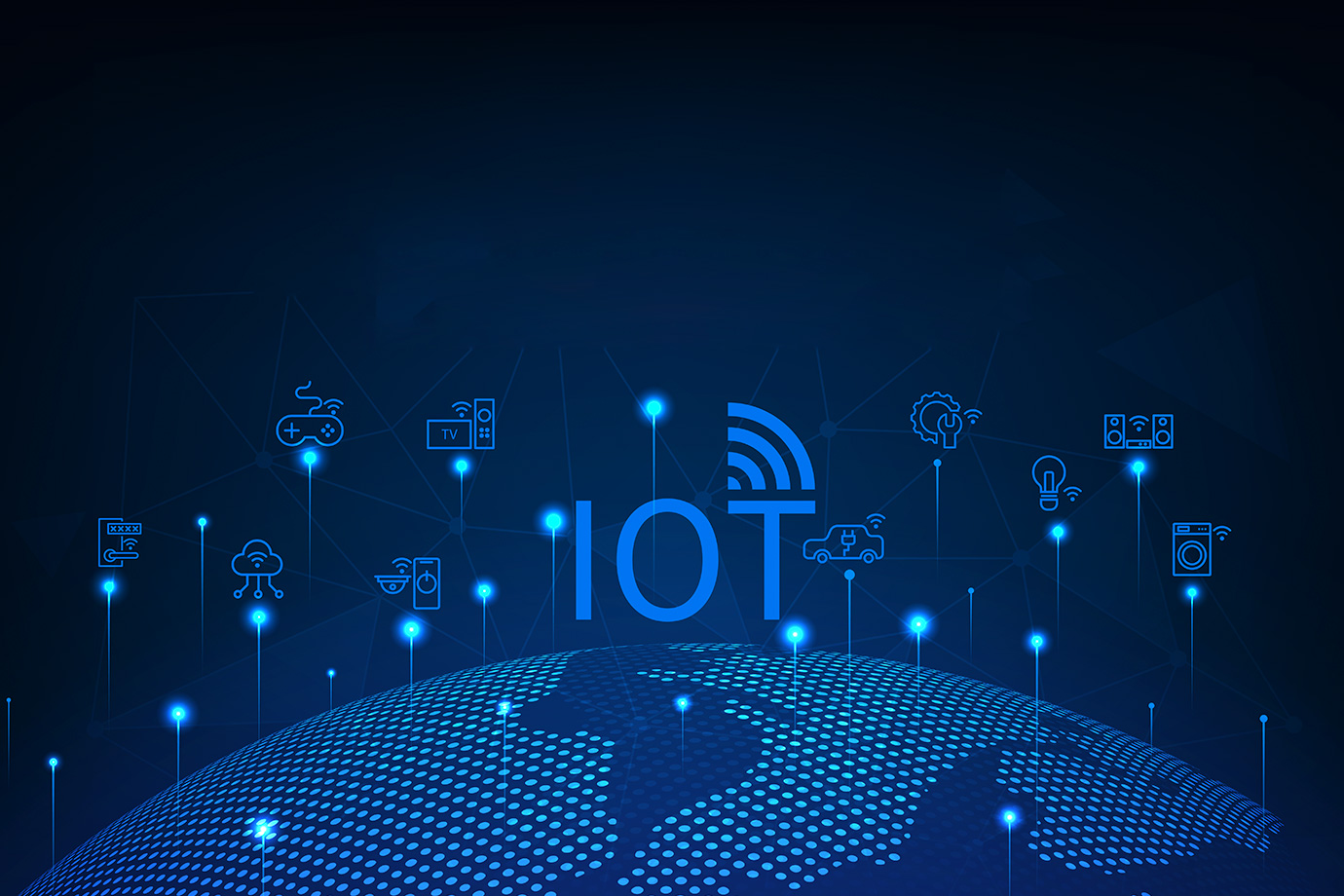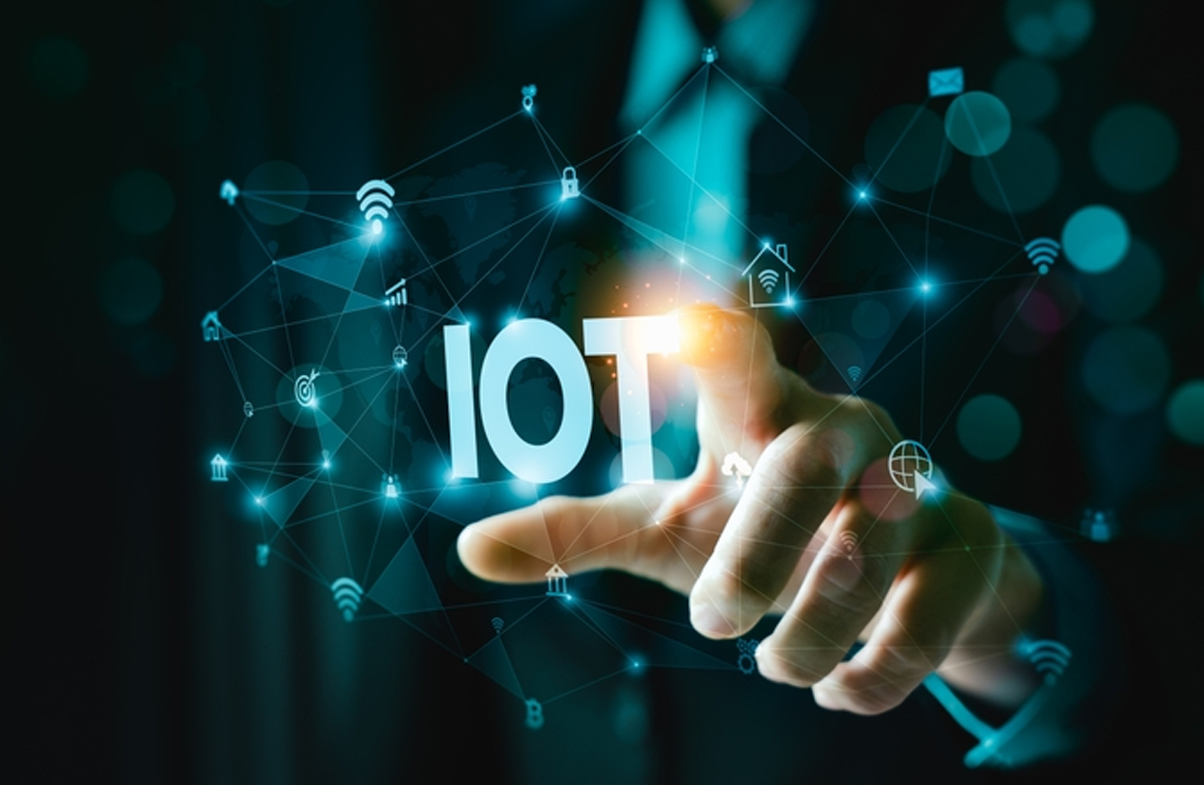-
The Internet of Things (IoT) in 2025: Advantages, Disadvantages, Models, Device Connectivity & Cloud-Based Deployment
The Internet of Things (IoT) in 2025: Advantages, Disadvantages, Models, Device Connectivity & Cloud-Based Deployment

17 Jun 2025
The Internet of Things (IoT) was just an idea, but now it is a reality. Smart watches and monitoring devices that are normally installed in hospitals are all part of the Internet of Things (IoT). Due to IoT, intelligence, security, and flexibility will be more crucial than connectivity by 2025.
This blog will address the basics of the Internet of Things, including its pros and cons, device connectivity, cloud integration, leading frameworks, and notable applications like health devices. If you want to know how IoT can change your life or business, you are in the right place.
What Is IoT?
The Internet of Things (IoT) is any device or piece of hardware that has technology, software, or sensors implanted in it that allows it to communicate and share information with other devices using the internet. Kitchen appliances such as air conditioners and smart TVs are examples of IoT devices.
The general concept Internet of Things can be considered as an interconnected system of devices with the ability for communication and information exchange, allowing for data analysis, automation, and remote monitoring.
Characteristics of IoT
These fundamental features define IoT systems:
- Interconnectivity: Data exchange among devices and the cloud.
- Real-time monitoring: Sensors provide real-time information.
- Automation: Data-driven action execution (e.g., lighting off).
- Scalability: Support for millions of devices.
- Scalability: Support for millions of devices.
These are the characteristics that make IoT the spine of smart cities, Industry 4.0, and telemedicine.
Pros and Cons of IoT
Benefits:
- Operational Efficiency: Processes are automated, resulting in lower costs, time saved.
- Data-Driven Insights: Better decisions by the company.
- Remote Monitoring: From home security to industrial equipment, control is in your hands.
- Customer Experience: Personalization through real-time data.
Challenges:
- Security Risks: More endpoints mean more attack surfaces.
- Privacy Concerns: Sensitive information can be compromised.
- Steep Upfront Costs: Hardware, integration, and maintenance do not come cheap.
- Incompatible Integrations: Incompatible standards may be used on different devices.
Embedded IoT Devices and Smart Hardware
Embedded hardware is the core of all IoT systems, small but capable components that sense, process, and communicate.
Standard IoT Hardware Components:
- Microcontrollers (MCUs): The (brain) of IoT devices.
- Sensors: Read temperature, motion, location, etc.
- Actuators: Cause mechanical actions.
- Connectivity Modules: Wi-Fi, Bluetooth, Zigbee, or NB-IoT chips.
All these pieces put together allow devices to collect data, process it locally, and transmit it to the cloud.
Remote IoT Devices & Internet Connectivity
IoT adores being connected all the time, and depending on the application, there are several technologies employed:
- Wi-Fi / Ethernet: Good for homes and offices.
- Cellular (4G, 5G, NB-IoT): Good for mobility and mass deployment.
- LPWAN (LoRaWAN, Sigfox): Good for battery-powered, low-data devices in large geographies.
- Satellite IoT: Used in agriculture, the sea, and remote infrastructure
Connectivity of IoT devices entails the selection of the right protocol, configuration of IP parameters, and securing data transfers, ideally with encryption and authentication mechanisms.
Cloud-Based IoT: Why It Matters
Most IoT ecosystems rely on cloud platforms for data storage, analytics, and management. These platforms offer scalability, real-time dashboards, and AI/ML integrations.
Popular IoT Cloud Platforms:
- AWS IoT Core
- Azure IoT Hub
- Google Cloud IoT
- IBM Watson IoT
Cloud-based IoT facilitates remote updates, predictive analytics, and smooth multi-device orchestration, fundamental for enterprise-level deployments.
IoT Frameworks & Architecture
In order to use IoT properly, a robust framework and architectural model are essential. An IoT architecture usually consists of three primary layers:
- 1. Perception Layer – Sensors and actuators
- 2. Network Layer – Data transmission and communication protocols
- 3. Application Layer – Interfaces, data visualization, and control systems
Top IoT Frameworks:
- AWS IoT Greengrass
- Google Cloud IoT Core
- OpenHAB
- Kaa IoT Platform
These frameworks offer tools for provisioning devices, messaging, processing data, and security.
Internet of Things in Healthcare: Medical Devices
The Internet of Medical Things (IoMT) is transforming patient care and clinical workflows. Consider wearable ECG monitors, insulin pumps, or intelligent hospital beds.
Advantages:
- Remote Patient Monitoring
- Chronic Disease Management
- Emergency Response Alerts
- Medication Adherence Tracking
Note: Ensure regulatory compliance (e.g., HIPAA, FDA) and establish strong cybersecurity measures for all networked medical devices.
How to Deploy an IoT System (Step-by-Step)
- Define Your Use Case – What is the problem you are trying to solve?
- Select the Appropriate Hardware – Sensors, MCUs, and connectivity modules.
- Choose a Cloud Platform – AWS, Azure, etc.
- Develop or Integrate Software – Use APIs, SDKs, or custom code.
- Connect and Secure Devices – Encrypt data, implement authentication.
- Analyze Data – Leverage AI/ML for predictive insights.
What's Next for IoT in 2025?
Some new IoT trends this year are:
- Digital Twins: Virtual copies of physical devices for simulation and monitoring.
- AI-Powered Edge Computing: Onboard processing for reduced response times.
- Blockchain Integration: Guaranteeing secure and transparent device data.
- Autonomous IoT Systems: Devices that learn and adapt without intervention.
The future of IoT is not only connected, it's autonomous, intelligent, and deeply integrated across every industry.
Concluding Remarks: Are You Prepared for Smart Building?
IoT is more than just a trendy term; it offers strategic advantages. It opens up a world of interconnected opportunities fueled by data, whether you're enhancing patient care, optimizing logistics, or developing smart infrastructure.
Want to create an Internet of Things solution?
Building scalable, secure, cloud-capable IoT solutions that scale to address your business needs is NanoByte Technologies' expertise.





